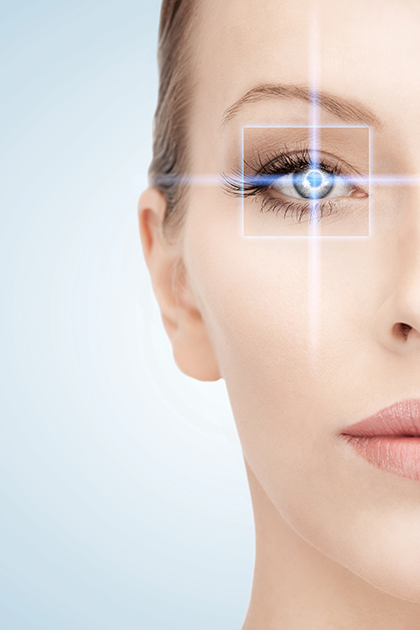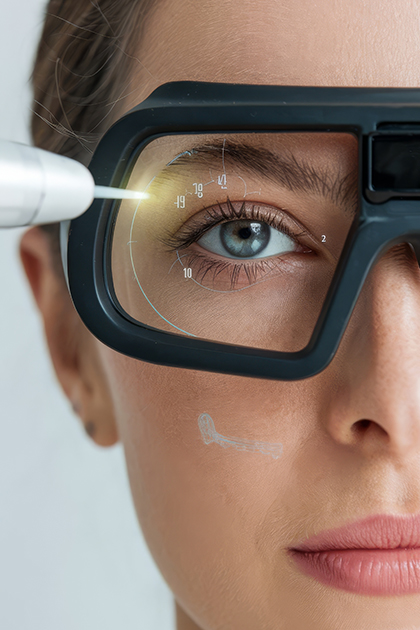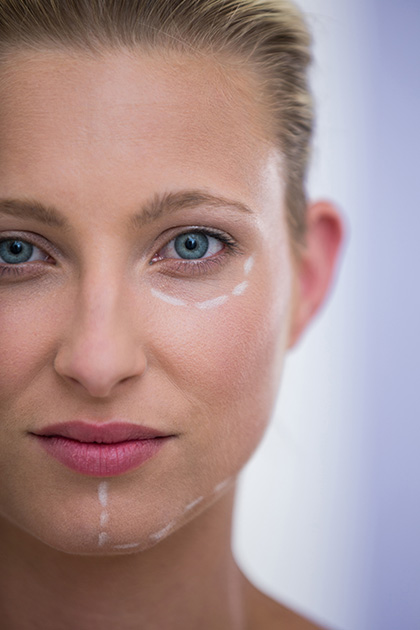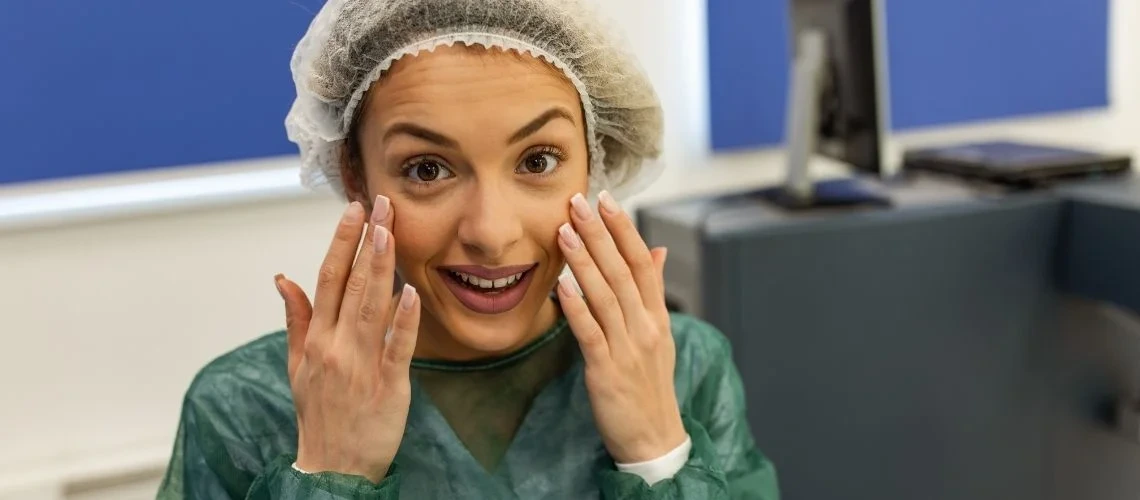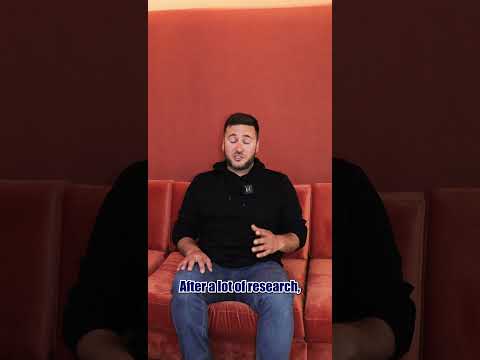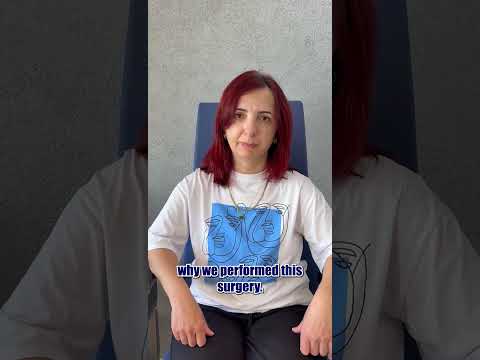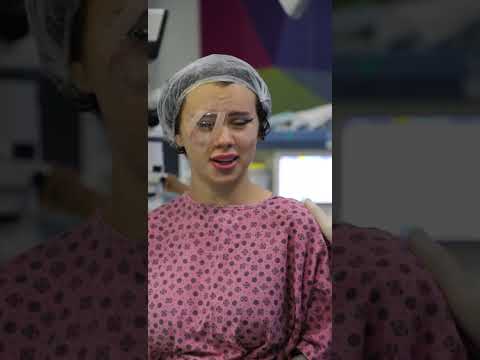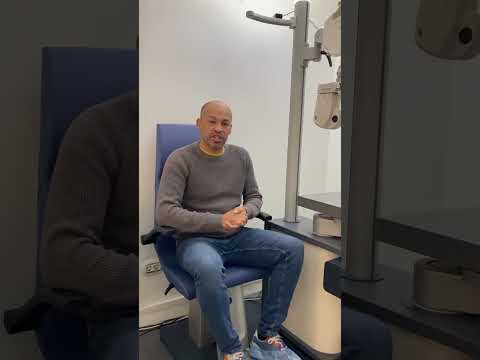Laser eye surgery is a surgical procedure commonly performed to correct visual impairments such as myopia, hyperopia, and astigmatism. These laser surgeries reshape the cornea to allow light to properly focus on the retina. Laser eye surgeries are also commonly referred to as “eye laser correction.” These procedures are generally used to treat vision problems like myopia, hyperopia, astigmatism, and presbyopia.
Laser eye treatments are surgical procedures used to correct vision problems or improve visual acuity. These treatments are typically performed to reduce or eliminate the need for glasses or contact lenses.
Types of Laser Eye Treatments
Laser eye treatments aim to correct vision problems and enhance visual acuity. These procedures are commonly used to reduce or eliminate the need for corrective eyewear.
These surgeries, including LASIK, ReLEx SMILE, LASEK, No-Touch Laser, and PRK, are often preferred by individuals who do not want to wear glasses, have difficulties with contact lenses, or have reduced tolerance to them. They are performed to provide clear vision without glasses for patients with astigmatism, myopia, or hyperopia.
LASIK – Laser-Assisted In Situ Keratomileusis
LASIK is the most commonly used laser eye treatment. In this procedure, a flap is created in the top layer of the cornea (epithelium), and the underlying corneal tissue is reshaped with a laser. Unlike LASEK, the flap in LASIK is created using a microkeratome or femtosecond laser. After reshaping, the flap is repositioned. LASIK is used to correct visual issues such as myopia (difficulty seeing far), hyperopia (difficulty seeing close), and astigmatism.
iLASIK – Intralase LASIK
iLASIK combines wavefront technology with a bladeless (Intralase) technique. In addition to treating common refractive errors such as myopia, astigmatism, and hyperopia, this method is also used to create precise channels for corneal ring segments used in keratoconus treatment and for keratoplasty procedures. The incision required for LASIK is created using a computer-controlled femtosecond laser. Wavefront technology enables a detailed corneal map, allowing for a highly customized treatment.
Other Uses of Laser in Eye Treatments
Beyond correcting refractive errors, lasers are also used for conditions such as dry eye, glaucoma, and retinal vascular issues. These treatments are typically performed in a clinical setting and are considered outpatient procedures rather than surgeries LASIK surgery lasts about 4–5 minutes and consists of two main stages. After the surgery, symptoms like burning and stinging may be experienced for 3–4 hours. Patients can usually resume their normal activities the next day.
LASEK – Laser Epithelial Keratomileusis
LASEK involves lifting the epithelial layer of the cornea using alcohol. The underlying corneal tissue is then reshaped with a laser, and the epithelial flap is repositioned. Like LASIK, it is used to treat myopia, hyperopia, and astigmatism. The recovery process is similar to that of No-Touch Laser and PRK. Patients may experience burning, stinging, and watering of the eyes for 2–3 days. Clear vision typically returns within 7 to 10 days.
PRK – Photorefractive Keratectomy
PRK is a treatment used to correct refractive errors such as myopia, hyperopia, and astigmatism. Unlike No-Touch Laser, the epithelial layer is removed using alcohol or manually rather than laser pulses. The recovery time is similar—burning and stinging last for 2–3 days, after which the patient can return to normal activities. However, clear vision may take up to a week. PRK reshapes the corneal tissue without creating a flap, unlike LASIK.
SMILE – Small Incision Lenticule Extraction
SMILE laser treatment is a third-generation, personalized laser technology used to treat myopia and astigmatism. Unlike other methods, SMILE does not require a corneal flap. A lenticule (a small disc of tissue) is removed through a small incision in a single-step process. This method can treat up to -10 diopters of myopia and -5 diopters of astigmatism. It is ideal for individuals at risk of eye trauma, such as athletes or certain professionals.
These laser procedures can correct a range of visual issues, including myopia (distance vision), hyperopia (near vision), astigmatism, and presbyopia (age-related need for reading glasses). Since each person’s eye structure and needs differ, it is crucial to consult an eye specialist to determine the most appropriate treatment. Your ophthalmologist will recommend the best option based on your examination. Laser treatments vary depending on the condition of the eye and personal preferences. The surgery usually takes about 5 minutes, and after a few hours of mild discomfort, patients can typically return to daily life the next day.
No-Touch Laser – Transepithelial PRK
Also known as Transepithelial PRK, the No-Touch Laser method is typically applied to patients with thin corneal structures. Unlike LASIK, this technique does not involve lifting a flap from the cornea. Instead, the laser is used directly on the epithelial and stromal layers. This procedure, which lasts about 3–4 minutes under local anesthesia, is painless. After surgery, a contact lens is placed on the eye, and the patient is discharged. Burning and stinging may occur for 3–4 days post-surgery, but specially prepared eye drops minimize these symptoms. The contact lens is removed after follow-up exams on days 1 and 3. The patient can then resume normal life. Clear vision typically returns within one week.
Who Is a Candidate for Laser Eye Treatment?
Laser vision correction may be suitable for individuals who:
-
Are over 18 years old
-
Have up to -10 diopters of myopia
-
Have up to 6 diopters of astigmatism
-
Have up to +4 diopters of hyperopia
-
Are not pregnant or breastfeeding
-
Have had stable vision for at least one year
-
Do not have glaucoma or retinal diseases
-
Have sufficient corneal thickness and structure





